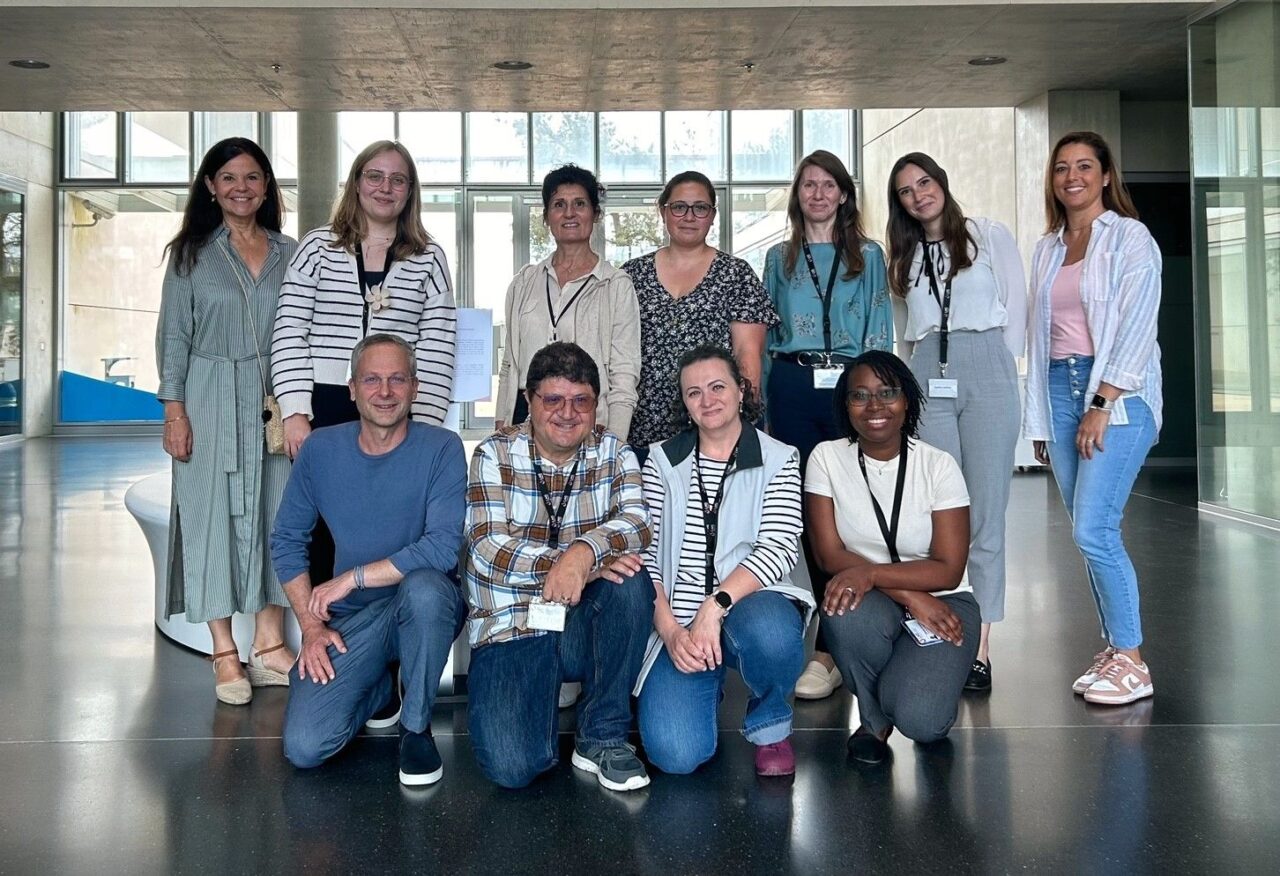- The Laboratory
- Organization
- Departments
- Jobs
- Analysis book
- Contact
- News
- Publications
- Download



Co-funded by the European Union (EU), the PANDOMIC project (i.e. “Implementation of Pandemic Preparedness Plan using Integrated Genomic Surveillance Programs”) is a European collaboration between the Laboratoire national de santé (LNS, Luxembourg), the Institutul National de Sanatate Publica (INSP, Romania) and Institutul National de Cercetare-Dezvoltare Medico-Militara Cantacuzino (IC, Romania). It aims to strengthen cross-border collaboration in laboratory diagnostics and surveillance in order to improve the protection of the population through better preparedness in the event of a pandemic.
From July 1st to 4th 2024, the LNS Microbiology department welcomed three members of the Institutul Național de Sănătate Publică (INSP) based in Bucharest, Romania: INSP director Dr. Teodora Vremera, Biochemist PhD Raluca Gatej, and bioinformatician Ciprian Ilie. As part of the European PANDOMIC project, this visit aimed to share best practices on the use of sequencing data to characterize Salmonella strains. The aim is to identify human salmonellosis clusters and monitor antimicrobial resistance (AMR) in strains circulating in the food chain.
During the visit, INSP members learned more about laboratory sequencing techniques as well as bioinformatic tools and methods used for analyzing the genetic material of bacterial pathogens. They also observed the short-read Next-Generation Sequencing (NGS) – also known as „sequencing by synthesis” – process which is used to decrypt bacterial genetic material. This information is crucial for the comparison of strains and in the identification of determinants that confer AMR.
Bioinformatics tools facilitate the treatment of large volumes of data generated by sequencing, hence enabling effective detection of strains that could lead to a public health threat.
The Pathogen-Sequencing team also presented possible applications of other technology such as long–read sequencing – also known as third generation sequencing. This new system offers greater resolution in the analysis of bacterial genetic material. It enables better identification of potentially transfereable genes within the same species, or from one species to another, in the context of the entire foodchain.
Overall, the visit enabled INSP members to exchange views with their LNS peers on the best strategies to identify the risks associated with AMR.
Many thanks to Dr. Catherine Ragimbeau (Scientist in bacterial genomics) for the scientific content of this visit as well as to the members of the Microbiology department, in particular: Dr. Ute Aurbach (Head of the LNS Microbiology department), Eng. Apolline Jouffroy (Project Manager), Arnaud Muller (bioinformaticien), Dr. Jainaba Roussel (Scientist in bacterial genomics), Marie Meo (Scientific Master), Mégane Duman (Laboratory Technician), Noémie Berg (Research Assistant), and Dr. Sibel Berger (Clinical Scientist, Head of Pathogen Sequencing service).